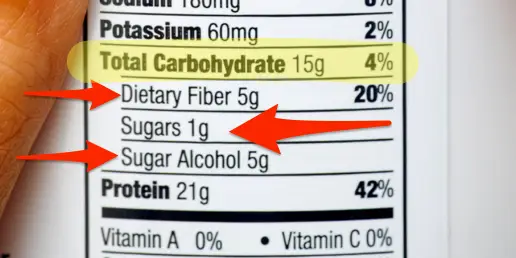The delicate balance of our planet’s ecosystems relies heavily on the quality of its water resources. From pristine rivers to expansive oceans, every body of water plays a vital role in supporting diverse life forms and sustaining intricate ecological relationships. In this intricate web of life, water testing emerges as a potent tool, offering a profound array of environmental benefits that extend far beyond the surface. The laboratory utilizes state-of-the-art equipment for accurate and reliable lead in water testing services. This article delves into how water testing safeguards our ecosystems, preserves biodiversity, and fosters a healthier planet.
Unveiling Hidden Threats
Detecting Pollutants
Water bodies often serve as repositories for pollutants originating from various sources, including industrial discharges, agricultural runoff, and urban activities. These pollutants, ranging from heavy metals and pesticides to pharmaceutical residues, can infiltrate ecosystems and disrupt delicate ecological balance. Water testing unveils these hidden threats, identifying contaminants that compromise water quality and potentially harm aquatic life.
Preventing Bioaccumulation
Some pollutants have the ability to accumulate in organisms over time, a process known as bioaccumulation. As smaller organisms are consumed by larger ones, these pollutants move up the food chain, leading to higher concentrations in top predators. Water testing identifies pollutants that contribute to bioaccumulation, allowing for targeted interventions to prevent the buildup of toxins in aquatic organisms.
Conserving Biodiversity
Preserving Aquatic Habitats
Healthy water quality is essential for the preservation of aquatic habitats. Ecosystems like wetlands, rivers, and coral reefs provide vital breeding grounds, nurseries, and habitats for a multitude of species. Water testing ensures that these habitats remain suitable for the survival and reproduction of diverse aquatic life.
Supporting Native Species
Invasive species often thrive in conditions where water quality has been compromised. These invaders can outcompete native species, disrupt ecosystems, and lead to a loss of biodiversity. Water testing aids in maintaining optimal conditions for native species, reducing the likelihood of invasive species taking over.
Mitigating Harmful Algal Blooms
Alarming Algal Growth
Harmful algal blooms (HABs) are rapid and excessive growths of algae that can produce toxins harmful to aquatic organisms and humans. These blooms thrive in nutrient-rich waters, often as a result of agricultural runoff or improper wastewater disposal. Water testing helps identify nutrient levels that contribute to HABs, enabling targeted nutrient reduction strategies.
Protecting Marine Life
HABs can lead to devastating consequences for marine life. The toxins produced by certain algae can cause mass fish die-offs, strand marine mammals, and damage coral reefs. By pinpointing the factors contributing to HABs, water testing supports efforts to minimize their occurrence and mitigate their impacts.
Balancing pH and Acidity
Acid Rain Effects
Acid rain, a result of air pollution, can lead to increased acidity in water bodies. Acidic waters harm aquatic organisms, disrupt nutrient cycles, and deteriorate aquatic habitats. Water testing measures pH and acidity levels, enabling the identification of areas affected by acid rain and guiding strategies for mitigation.
Restoring Aquatic Ecosystems
Water testing plays a vital role in the restoration of aquatic ecosystems affected by acidification. By monitoring pH and acidity levels, researchers and conservationists can assess the effectiveness of restoration efforts and make informed decisions to promote ecosystem recovery.
Sustainable Resource Management
Protecting Drinking Water Sources
Water testing is not limited to natural ecosystems; it also safeguards drinking water sources. Clean and safe drinking water is essential for human health, and testing ensures that water supplies are free from contaminants that could jeopardize public well-being.
Guiding Conservation Efforts
Water testing data informs conservation initiatives, guiding efforts to restore and protect watersheds, lakes, and rivers. By identifying areas with compromised water quality, conservationists can implement targeted strategies to improve environmental conditions.
Conclusion
The far-reaching environmental benefits of water testing extend to every corner of our planet, from pristine wilderness to urban centers. By unveiling hidden threats, conserving biodiversity, mitigating harmful algal blooms, balancing pH levels, and supporting sustainable resource management, water testing becomes an indomitable force in protecting our ecosystems.
As stewards of the Earth, it is our collective responsibility to embrace the power of water testing and integrate it into our conservation endeavors. Through continued research, public awareness, and collaborative action, we can harness the potential of water testing to nurture thriving ecosystems, preserve biodiversity, and ensure a harmonious coexistence between humanity and the natural world.



